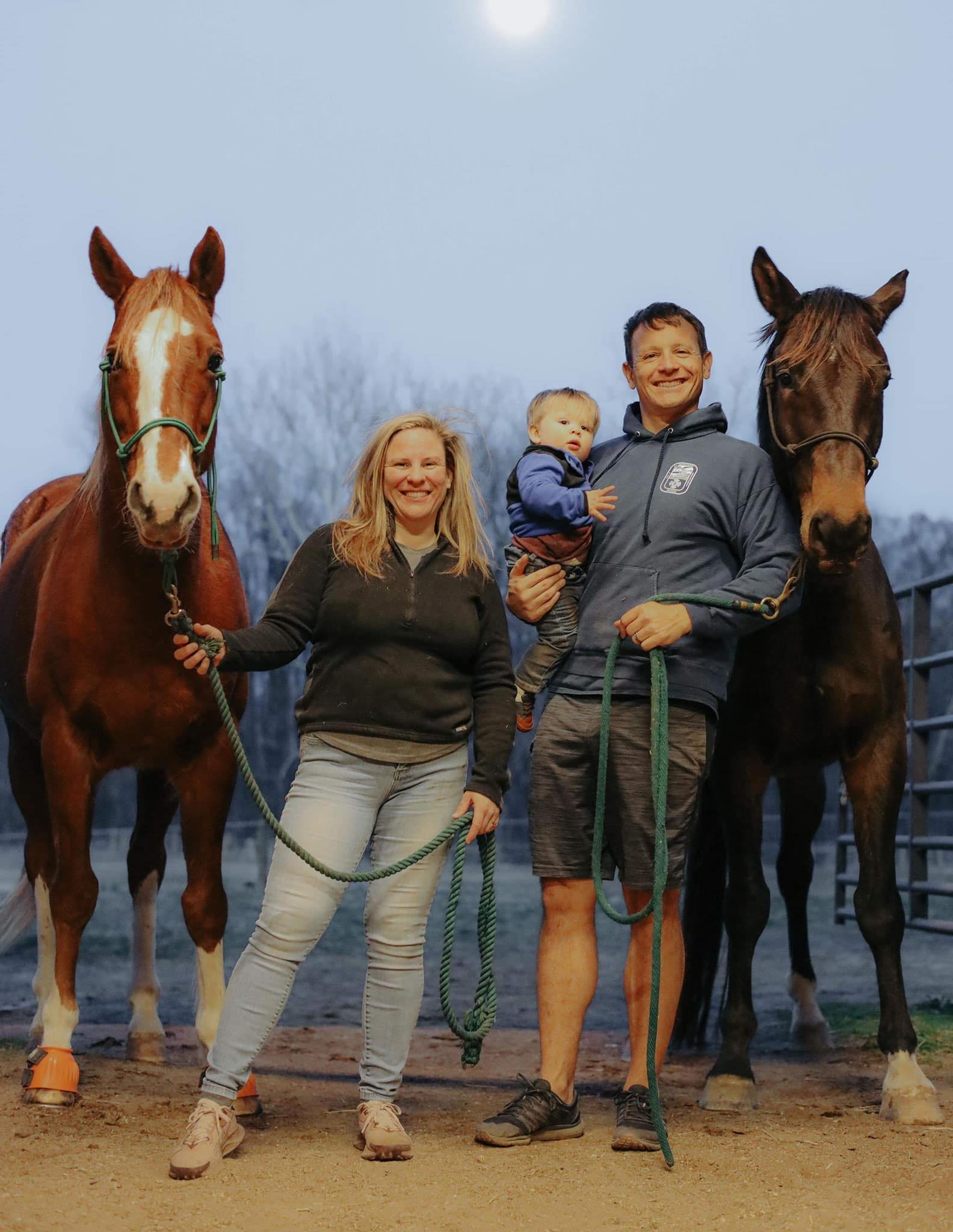Chicken-Keeping 101
Have you thought about investing in a backyard flock of your own but ended up overwhelmed with all the conflicting advice on the internet?
It can get super confusing, huh?!
Some folks can make it seem intimidating or unattainable.
So, you just put off the flock you have been dreaming of until you feel more prepared.
And then you never end up feeling prepared.
But what if there is something you can do?
Don’t worry, I’ve got you covered.
Chicken-keeping is not as daunting as it can appear.
As with anything - or any hobby - you can go as over-the-top with it as you want. Have you SEEN the Instagram page with the chicken coop that has wallpaper, art work, and even a CHANDELLIER?!
Most of that is not necessary!
A good first step is buying started pullets and skipping all the work, confusion, expense, smelliness, dust, and accoutrement required to care for chicks.
That equipment is a big investment for the average person who is raising a handful of chickens each year for their personal backyard flock.
Chicks take up space in your house, and while they are cute for the first two weeks or so, then they hit the “awkward teenage phase.”
They start being able to fly a little and get out of the container you are brooding them in.
They begin to shed their down feathers. They poop everywhere.
Suddenly, you are regretting all your life choices!
Once you bring home your started pullets, the following steps will set your flock up for success, and you will be able to finally enjoy the chickens you’ve been wanting for years:
If you have an existing flock, you may want to quarantine your new hens for a couple of weeks. Our flock is totally closed to outside folks, as we maintain strict bio security, so you can feel reassured that our chickens have not been exposed to outside illness and disease. Our birds have also received vaccination against Marek’s Disease. Quarantining is up to your preference in this case.
If you do have established, older birds, there are a couple methods for introductions. You can keep the new birds separated but visible to the others to get used to. You can also “sneak” them in at night when the others are roosting. They tend to all wake up together the next morning and assume everyone has always been there! This works well for us.
A coop that is secure from predators but also mobile is ideal in our book. Omlet makes some lovely coops with attached runs that are on wheels and easy to move. You can also build one.
If you intend to free-range your chickens, I highly recommend an automatic coop door that closes when it gets dark to keep predators out in case you are not home or forget to close the door behind them.
If you are going to free range your chickens but still want some extra protection from predators, we love the mobile poultry netting from Premier 1 Fencing with the step-in posts. We like the single prong ones (less to tangle on). Pair it with a solar battery charger and a copper grounding rod, and not much is going to want to get close to your birds. You will want to hammer the grounding rod in several inches and test your fence regularly. You’re looking for a minimum of 5,000 volts to really effectively deter predators.
The main idea for housing is that you do not want pathogen build-up. A stationery coop and run can end up looking like a moonscape after the chickens have been there eating the grass and pecking for awhile. If your coop is stationery, I recommend changing the shavings in the coop regularly and having easy to clean footing in your run - sand or screenings can work well for this purpose. Offer your chickens an area for dust baths and periodically use some diatomaceous earth to get rid of pests. Mobile coops solve the pathogen build-up issue with frequent moves. You also get the added benefit of the fertilization, the chickens get the greenery in their diet, and you have a layer of pest control in your yard or garden.
Fresh, clean water at all times is a must. We like to use a rubber feed pan or a Plasson hanging waterer with an automatic float valve attached to a hose to ensure they never run out.
Probiotics and prebiotics in the water is never a bad idea, but it’s not required.
A source of grit and calcium should be available at all times. Free-ranging or mobile chickens will get a lot of this from the ground as they move, but stationery coops will definitely want to add this.
Finally, a good, locally-sourced, non-GMO feed is our preference, and we like Homestead Harvest Layer Blend from Ernst Grain. It already contains oyster shell for calcium and has the added benefit of kelp, which we LOVE for our hens.
And there you have it! Everything you need to get going successfully with a flock of your very own!
See you on the farm!
Your farmer,
-Shari




